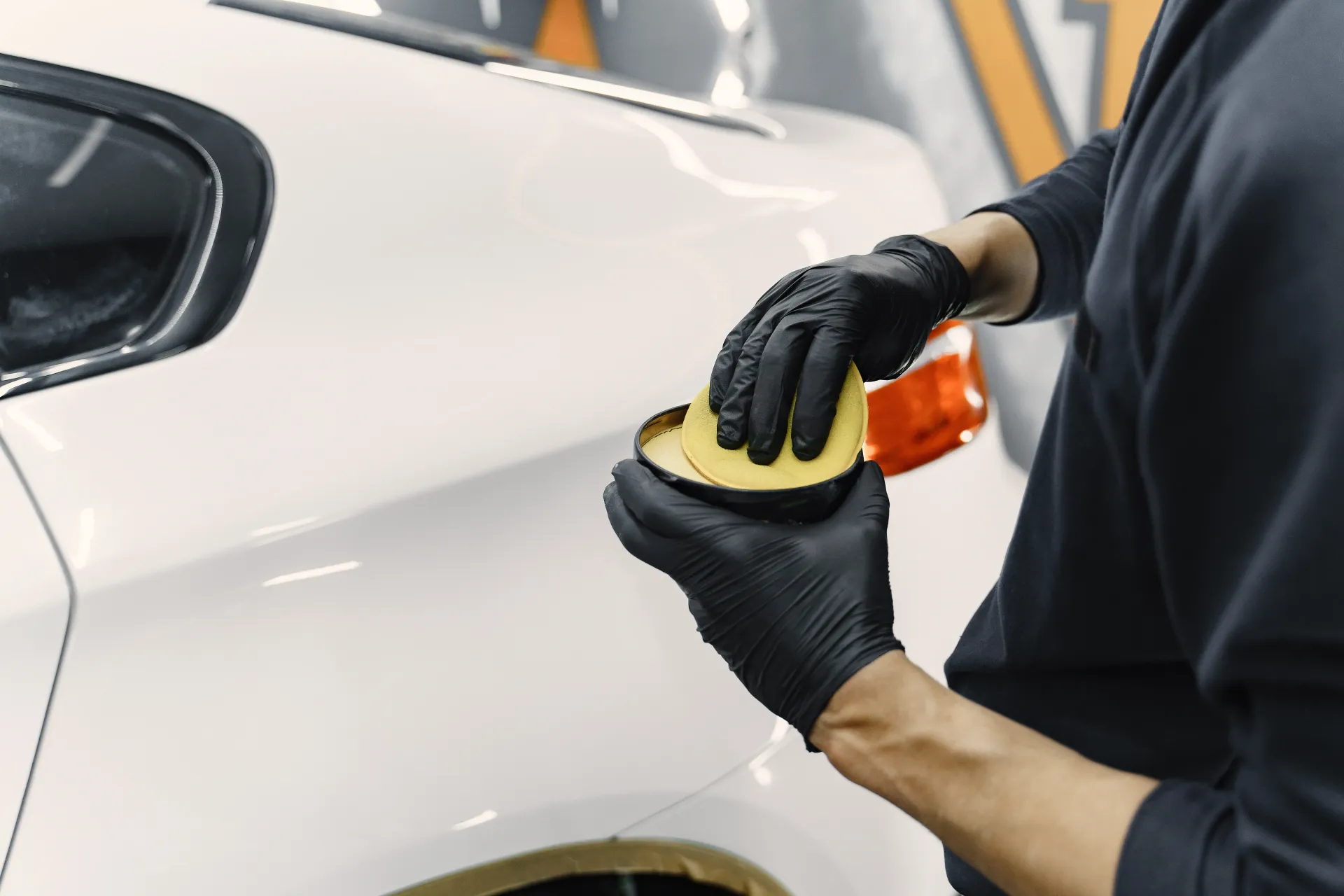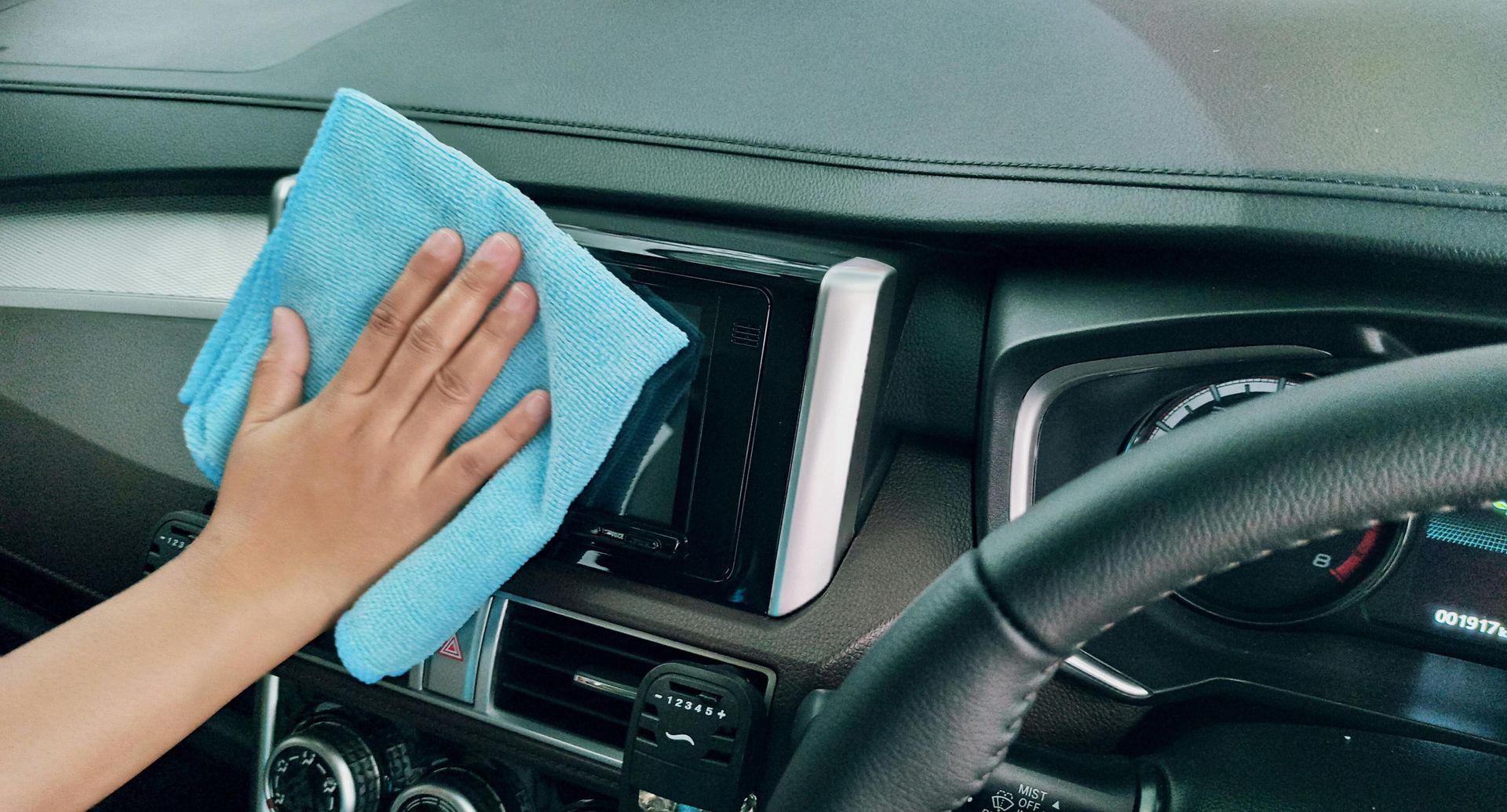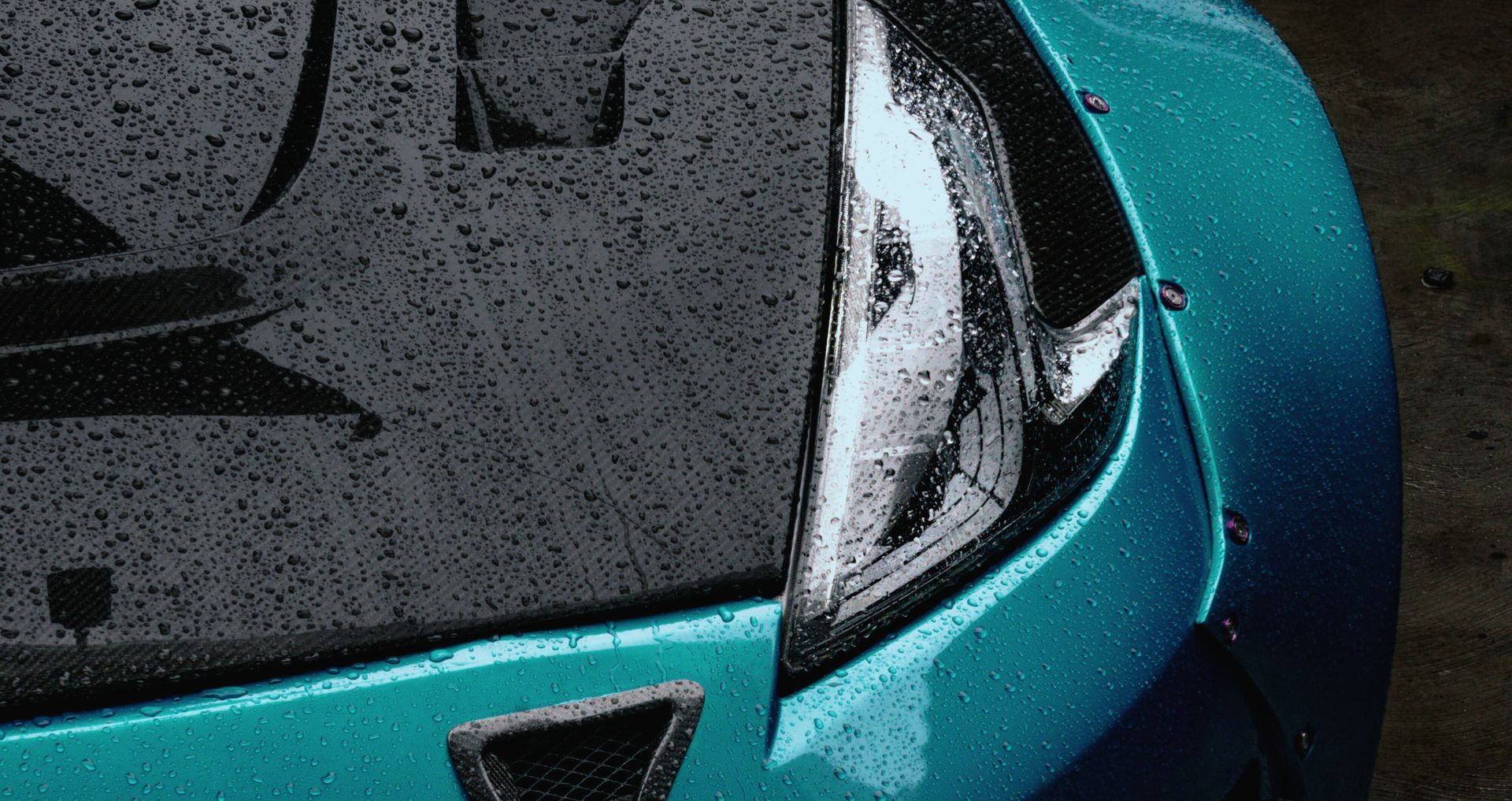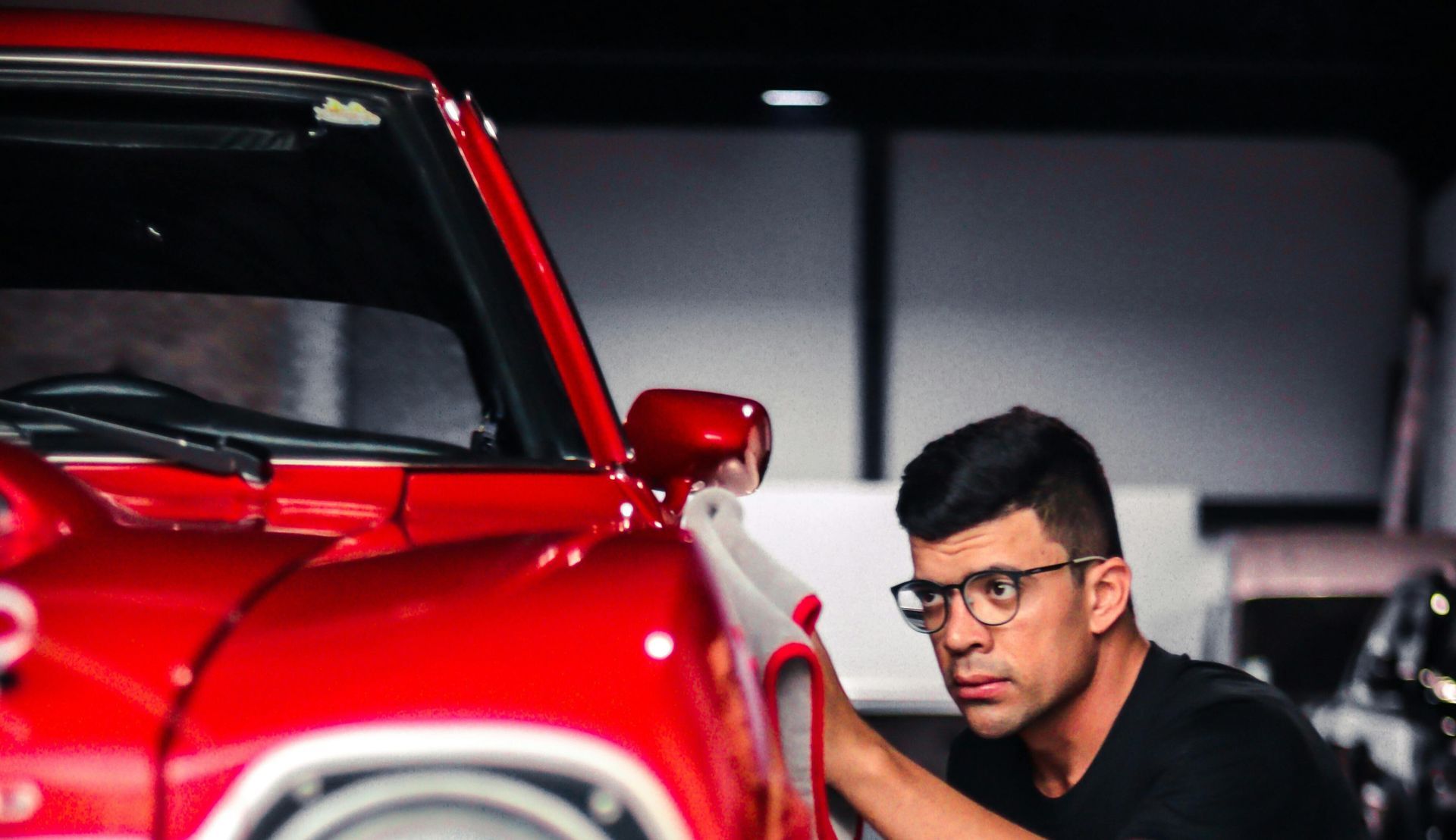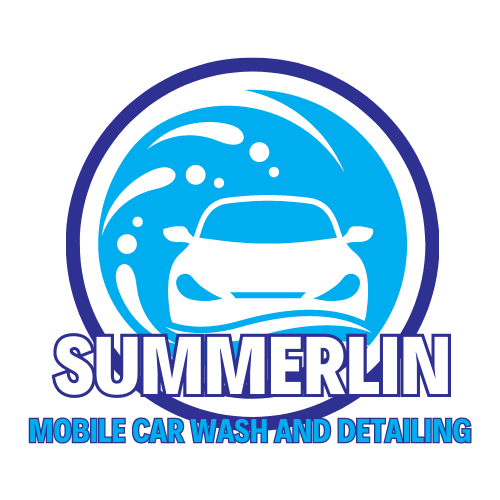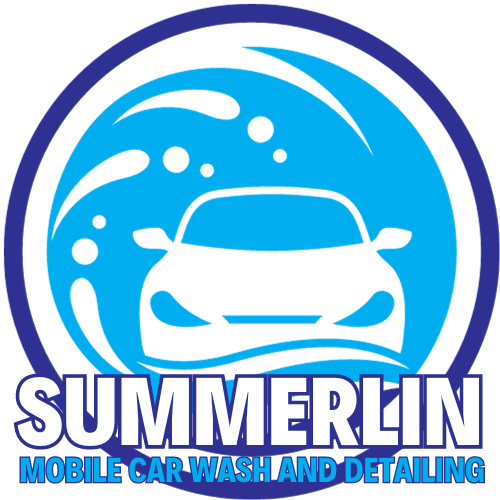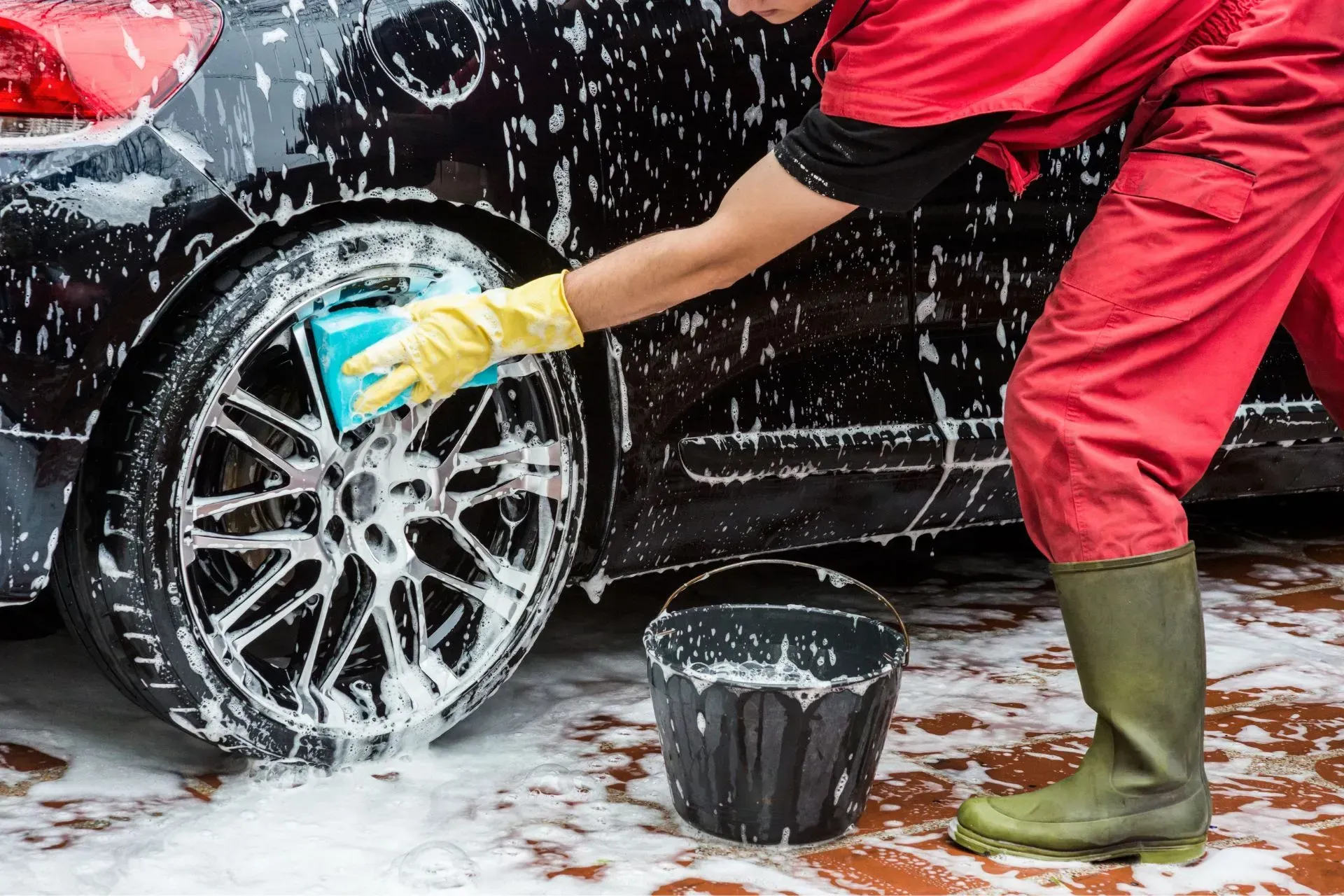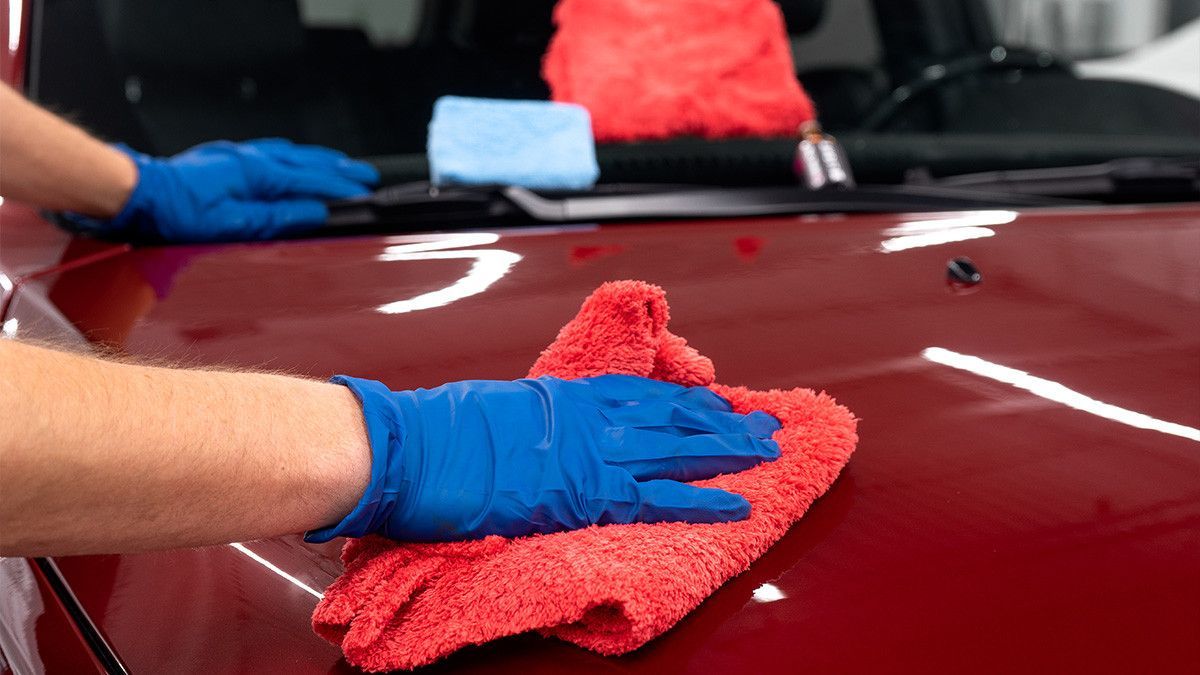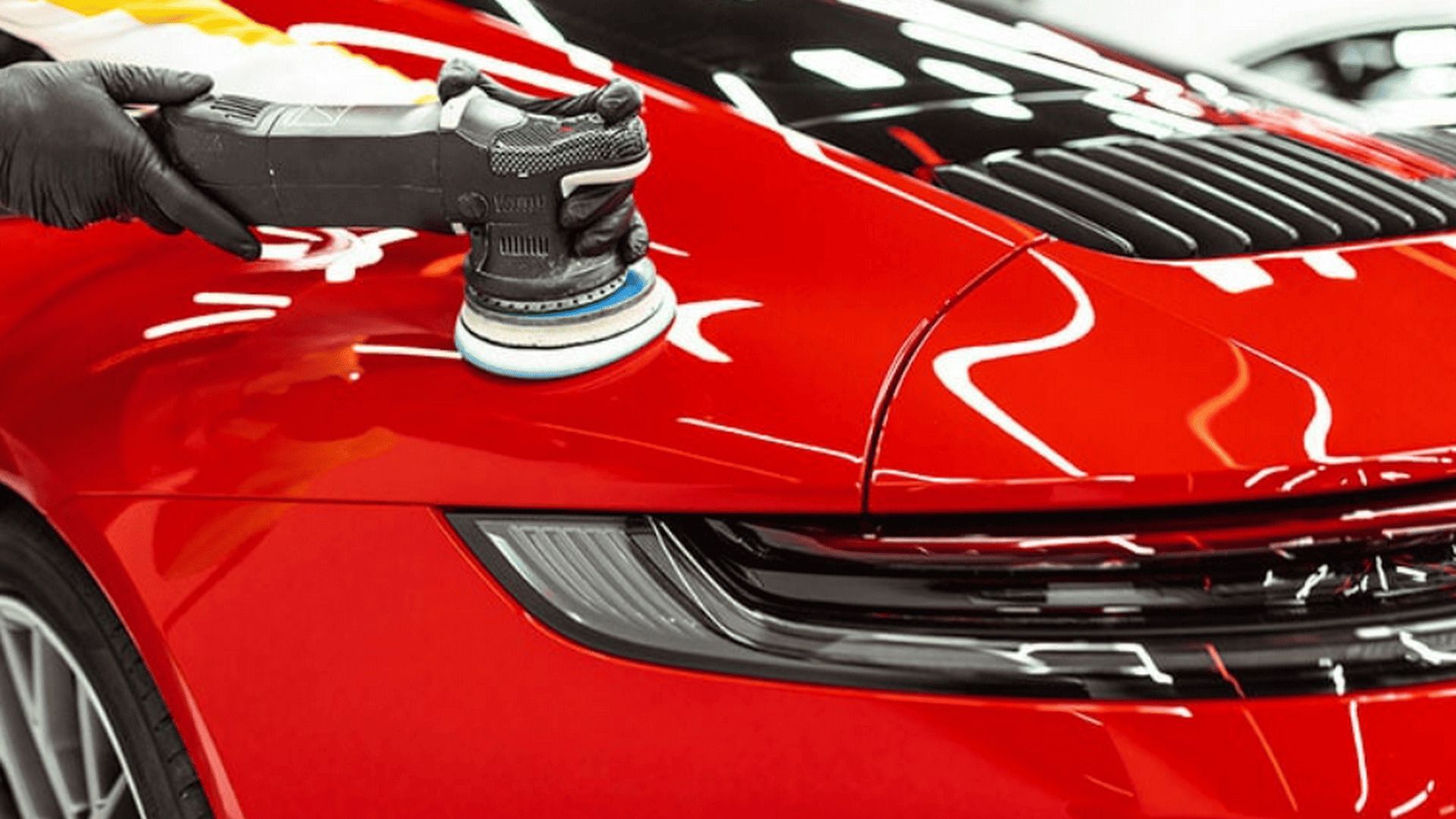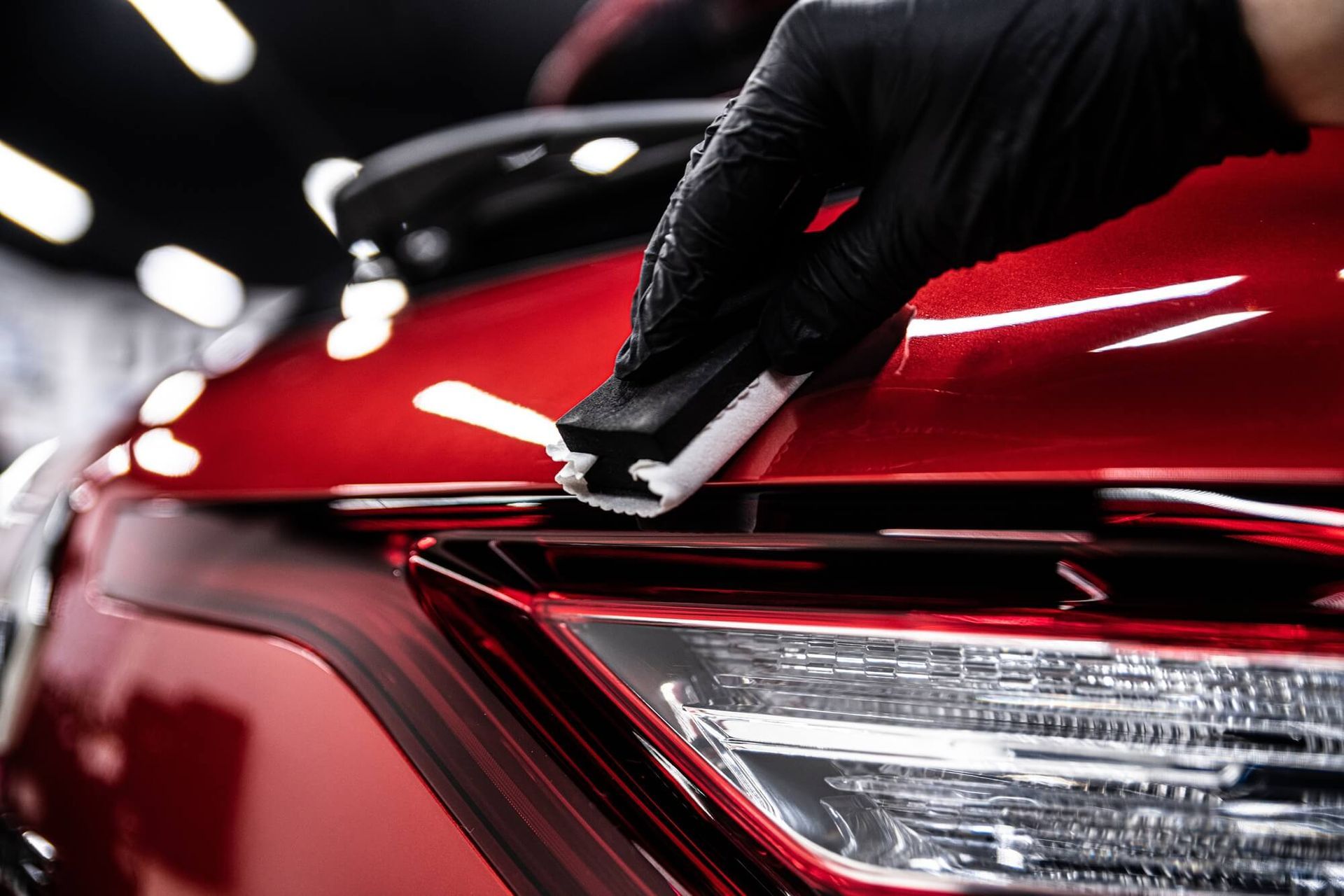Say Goodbye to Car Scratches: Easy Fixes for Surface Paint Damage
Introduction
There's nothing more frustrating than spotting an unsightly scratch on your car's paint. It ruins the sleek look, lowers resale value, and gnaws at you every time you walk past your vehicle. But don’t worry—car scratches aren't the end of the world. In fact, many surface paint damages can be handled quickly and easily from the comfort of your garage.
In this article, we’ll walk you through how to say goodbye to car scratches for good. Whether it’s a shallow blemish or something a bit deeper, these practical, budget-friendly fixes will help you bring back that glossy, just-detailed shine.
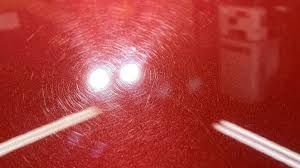
Say Goodbye to Car Scratches
Minor car scratches may seem harmless, but over time they can lead to serious paint deterioration and rust. Saying goodbye to these scratches isn't just about aesthetics—it’s also about preserving your car’s health. Luckily, surface paint damage is often repairable with minimal tools and know-how.
Understanding Types of Car Scratches
Before jumping into repairs, you need to know what type of scratch you're dealing with:
- Clear Coat Scratches: Light scuffs on the transparent top layer.
- Paint Scratches: Cuts through the clear coat and into the base color.
- Primer or Body Damage: The deepest level, often showing gray or metal underneath.
Identifying the scratch type helps you choose the right repair method.
Causes of Surface Paint Damage
Scratches happen more often than we’d like. Here are common culprits:
- Car keys brushing against the surface
- Tree branches when parking under trees
- Road debris kicked up while driving
- Automatic car washes with stiff bristles
- Accidental bumps with shopping carts
Understanding the cause can help prevent future damage.
How to Identify the Severity of a Scratch
Here's a simple test: Run your fingernail across the scratch.
- If it doesn’t catch, it's likely a surface-level clear coat scratch.
- If it catches but doesn’t reveal another color, it's a paint-level scratch.
- If you see gray or metal, it’s deep and may need touch-up paint.
Use a magnifying glass for clarity if needed.
DIY Car Scratch Repair Basics
Fixing minor scratches yourself is totally doable with the right tools and steps. But it’s important to:
- Work in a shaded, clean area
- Use proper products for your paint type
- Follow step-by-step instructions carefully
DIY repairs can save hundreds of dollars. However, for deeper damage, consider a Mobile Auto Detailing Service to avoid costly mistakes.
Best Car Scratch Remover Products
You’ll find a range of products in stores and online. Here are some trusted options:
- Meguiar’s ScratchX 2.0: Great for light surface marks
- Turtle Wax Scratch Repair & Renew: Includes polishing agents
- Carfidant Scratch & Swirl Remover: Includes buffer pad
- 3M Scratch Removal System: Full kit for multiple layers
Always follow product directions for best results.
Using Toothpaste to Remove Light Scratches
Sounds strange, but non-gel toothpaste acts as a gentle abrasive. Here’s how:
- Clean the area thoroughly.
- Apply a small dab of toothpaste to a microfiber cloth.
- Rub in circular motions for 30-60 seconds.
- Wipe with a clean cloth and check progress.
This only works for very light scuffs, so don’t expect miracles.
How to Use Scratch Removal Kits
Most kits include:
- Scratch removal compound
- Buffing pad or microfiber cloth
- Optional polish or sealant
Steps:
- Wash and dry the area.
- Apply the compound using the pad.
- Buff in small, circular motions.
- Wipe clean and seal with polish.
These kits provide a professional finish when used correctly.
Polishing and Buffing Techniques
Buffing helps level out the clear coat and remove surface marks.
- Hand Buffing: Use a microfiber towel and elbow grease.
- Machine Buffing: Requires a dual-action polisher.
Tips:
- Don’t over-buff—it can wear down paint.
- Always finish with polish or wax to protect.
Touch-Up Paint for Deeper Scratches
For scratches that reveal metal or primer:
- Buy matching touch-up paint (check your VIN).
- Clean and prep the area.
- Use a toothpick or small brush for precise application.
- Let dry, then polish gently.
Finish off with a clear coat to seal the repair.
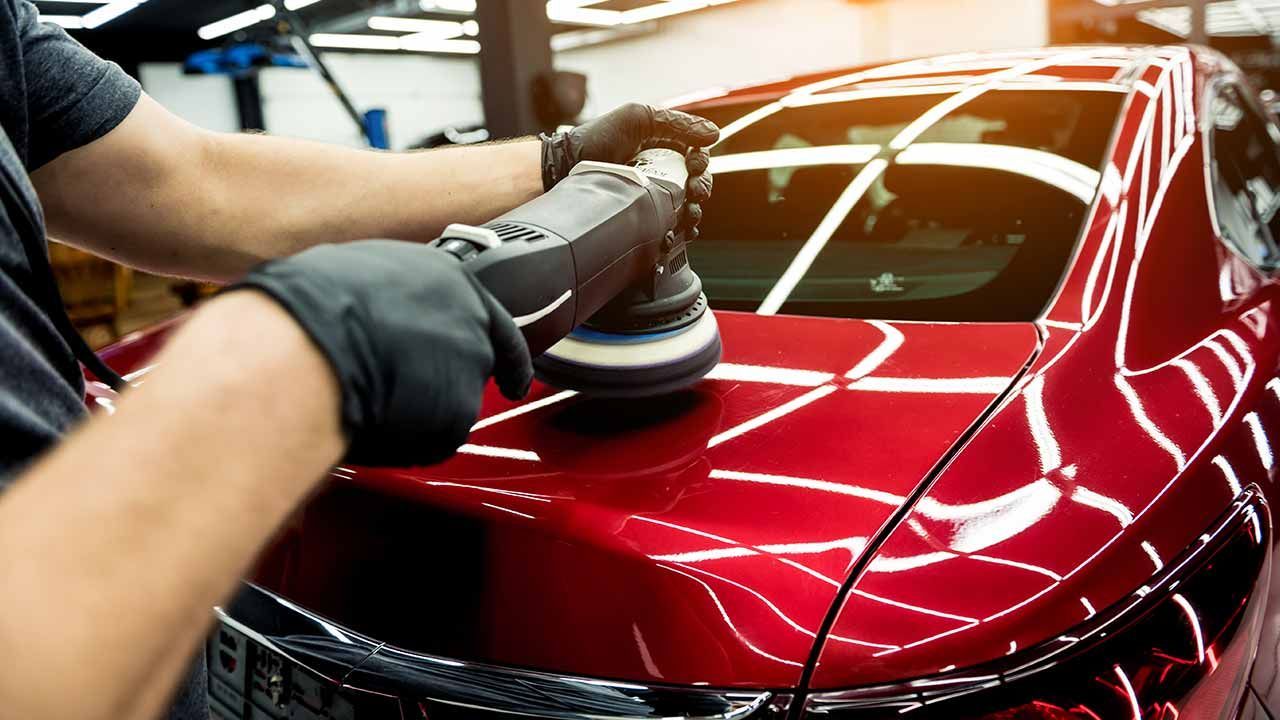
Wet Sanding: Advanced Surface Scratch Repair
Wet sanding is used for more serious damage, but it’s tricky:
- Requires 2000–3000 grit sandpaper
- Involves sanding the clear coat in a controlled manner
- Needs follow-up polishing to restore shine
Unless you're confident, it's wise to seek help from a Mobile Auto Detailing Service.
Preventing Future Paint Damage
Prevention is always better than repair. Try these habits:
- Park away from trees and shopping carts
- Wash with soft mitts and avoid drive-through car washes
- Use a car cover if parking outside
- Apply ceramic coatings for long-term protection
Regular care goes a long way.
The Role of Waxing and Sealants
Wax acts as a barrier between your car’s paint and the outside world.
- Carnauba Wax: Deep shine, short-term protection
- Synthetic Wax: Longer-lasting protection
- Paint Sealants: Excellent for preventing UV and water damage
Apply every 4–6 weeks for optimal results.
When to Call a Professional
If the scratch:
- Exposes metal or primer
- Is too wide or long for DIY methods
- Lies on curved or hard-to-reach surfaces
It’s best to contact a pro. Use this Contact Form to find trusted local detailers.
Choosing a Reliable Mobile Auto Detailing Service
Mobile services bring convenience straight to your driveway. Look for:
- Experienced professionals with good reviews
- Services tailored to paint correction
- Affordable rates and guarantees
Local experts save time and deliver showroom-quality results without the hassle.
Common Myths About Car Scratch Repair
Let’s bust some myths:
- Magic Erasers are too abrasive for paint
- Cooking oil is not a polish—please don’t!
- “Invisible pens” rarely live up to the hype
Always choose tested and proven methods.
Say Goodbye to Car Scratches
Surface scratches are common, but with the right approach, they don’t have to ruin your car’s look. From toothpaste tricks to professional touch-ups, saying goodbye to paint damage has never been easier. Whether you're into DIY fixes or professional detailing, keeping your car scratch-free is totally within reach.
FAQs About Surface Paint Damage and Repair
What’s the cheapest way to fix a car scratch?
Toothpaste or a DIY scratch remover kit is the most budget-friendly option for minor scratches.
Can car scratches be removed completely?
Yes, shallow scratches can be completely removed. Deeper ones can be minimized or touched up to become nearly invisible.
How do I find the right paint color for touch-up?
Check your car’s VIN or the color code label inside the driver’s door.
Is buffing safe for all scratches?
Buffing is best for light scratches. Over-buffing can damage the clear coat.
How often should I wax my car?
Every 4–6 weeks for protection and shine.
Do scratch repair pens really work?
They’re only effective on very light surface marks. Don’t expect miracles for deeper scratches.
Conclusion
Surface paint damage might feel like a big deal, but with the right tools, techniques, and a little elbow grease, you can handle most scratches with ease. Whether you're using simple household products or opting for professional services, restoring your vehicle's shine is absolutely doable.
Ready to skip the stress? Book a Mobile Auto Detailing Service today and watch those scratches disappear!
Links
